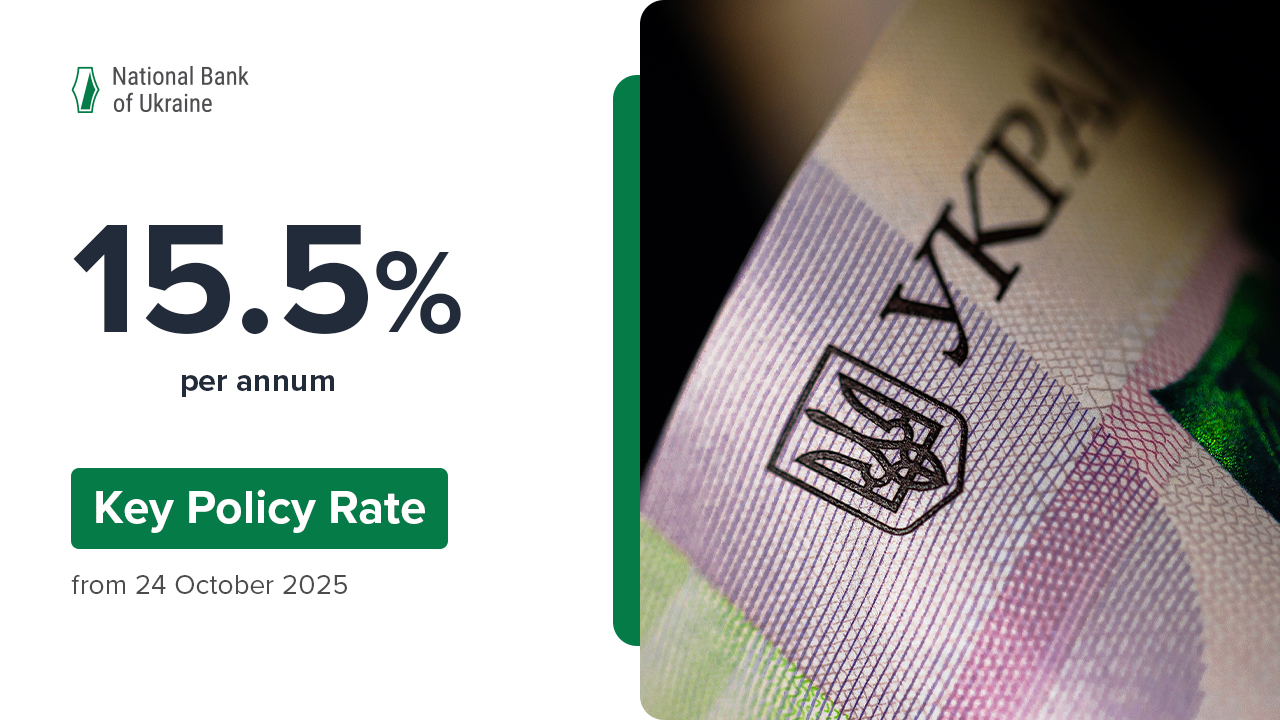The National Bank of Ukraine is equalizing the banks’ reserve requirement ratios for corporate deposits, depending on maturity. One of the reasons for this effort is the need to further minimize the risks associated with the banking system’s structural surplus of liquidity and to ease market distortions.
Specifically, starting 11 September 2023, the reserve requirement ratios for term deposits and corporate deposits (except for deposits of other banks) will be set to 10% for hryvnia deposits (up from the current 0%) and to 20% for FX deposits (up from 10% now). As previously reported, similar reserve requirement ratios for the banks apply to demand deposits and corporate deposits in current accounts.
Said changes were approved by NBU Board Decision No. 275–D On Amendments to NBU Board Decision No. 752–D dated 23 November 2017 dated 09 August 2023, and are effective from 10 September 2023.
Reserve requirements are one of the instruments conventionally used by central banks. This is how reserve requirements operate: a bank sets aside in its correspondent account an amount of funds identified as a percentage of the bank’s liabilities (also known as reserve ratio) and marks a share of this percentage as having been covered by benchmark bonds. The amount is calculated as an average over the reserve period. This allows the bank to smooth out potential ad-hoc fluctuations in liquidity and ensure the effective use of reserve requirements for their primary purpose, which is to absorb some of the banking system’s free liquidity.
Full information on reserve requirement ratios and how the banks have been meeting them is available here.







